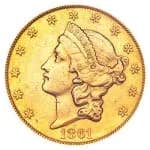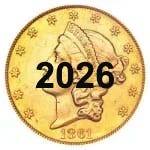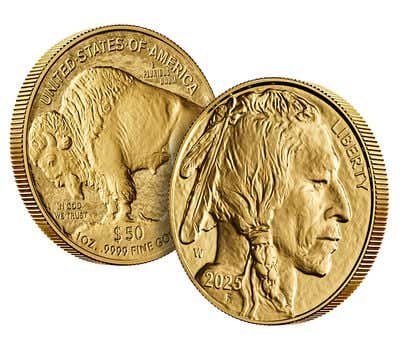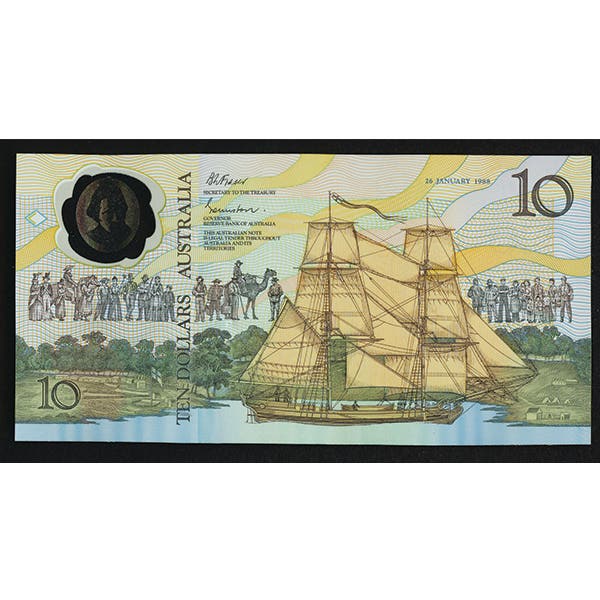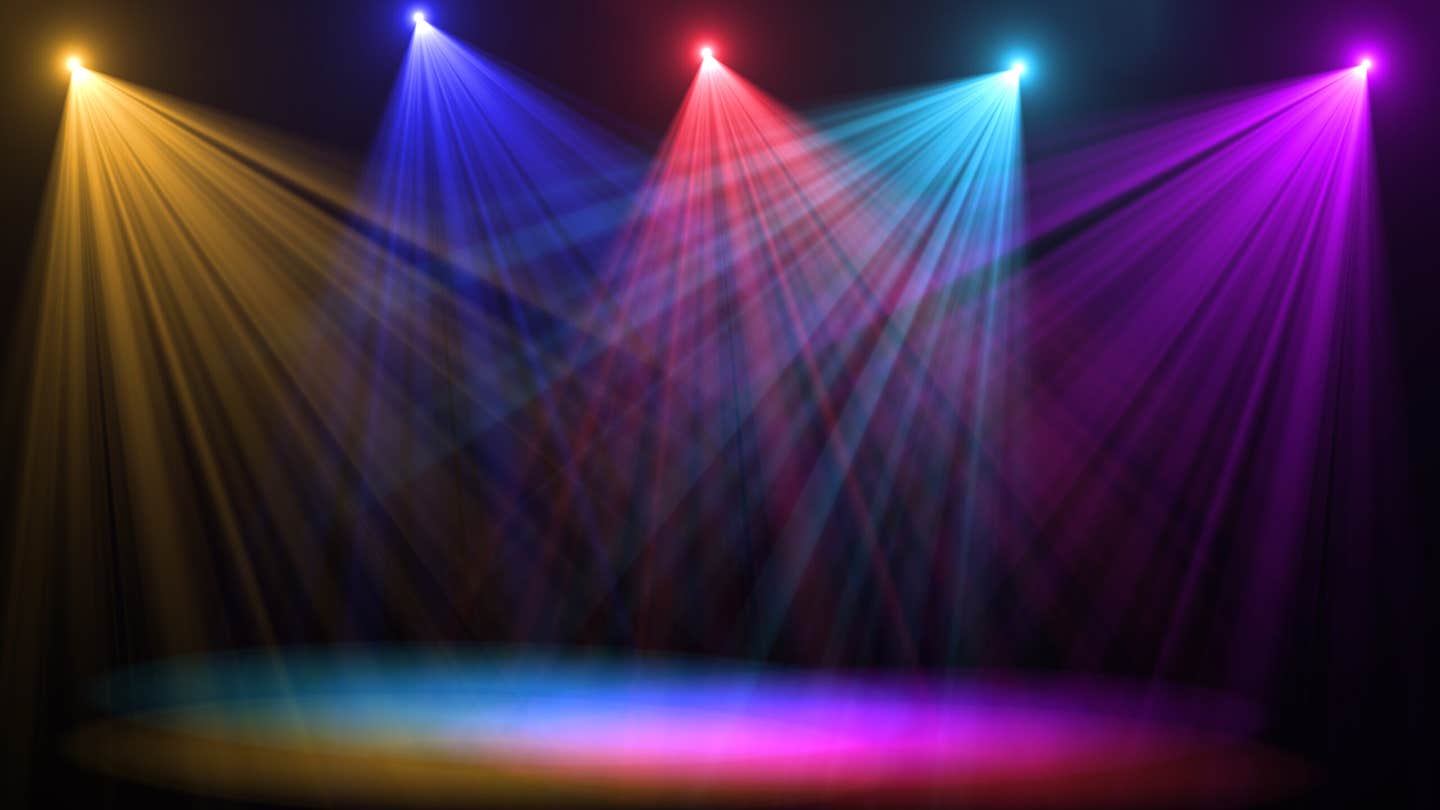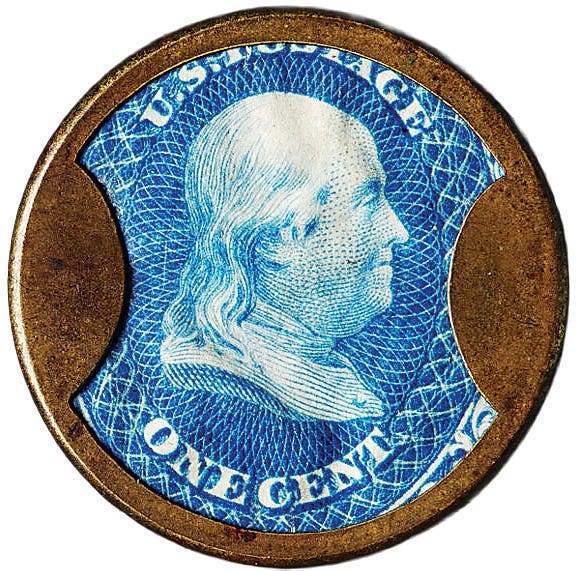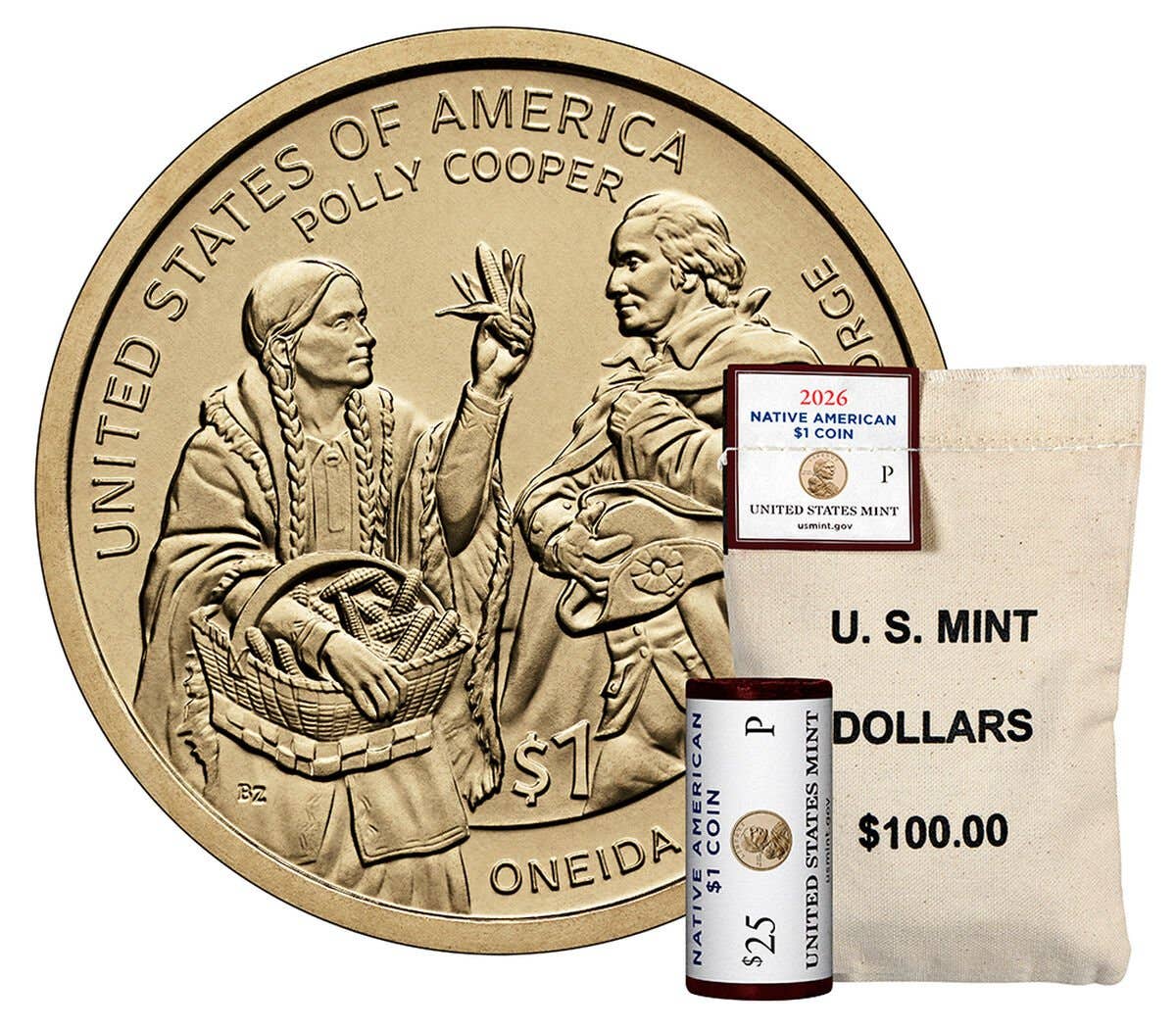Community Voice Responses (3/17/2015)
From the Feb. 13 Numismatic News E-Newsletter: Have you ever cleaned a coin? Here are some answers sent from our e-newsletter readers to Editor Dave Harper. I am somewhat caught…
From the Feb. 13 Numismatic News E-Newsletter:
Have you ever cleaned a coin?
Here are some answers sent from our e-newsletter readers to Editor Dave Harper.
I am somewhat caught between the two terms.
Cleaning, as an example to me, would be taking an abrasive (Brasso or other harsh cleaning agents) to make a coin more “presentable.”
While dipping with an approved cleaner/agent is again to make a coin more presentable, but in this case you are removing tarnish. One requires scrubbing which diminishes the appearance of the coin, while the other removes tarnish and does not hurt the actual coin.
I prefer dipping as opposed to cleaning. In my youth I cleaned coins using steel wool, Ajax, and the like.
A question that should be asked is “How does the collector community feel about dipping coins and does that effect value?”
I do not like coins that are tarnished. A dark patina/tarnish does not enhance a coin’s appearance, yet collectors pay big money.
Manuel Marti
I live in a small town about 60 miles from Santa Fe, N.M. The old Santa Fe Trail runs through our town. Just north of town is a manmade lake that covers the trail into town.
One day I was sitting waiting for a fish to bite, and I was running shale pebbles through my fingers. A small coin seemed to just appear in my hand. I could tell it was an Indian cent. I was more excited about the coin than the fish that day!
I couldn’t read the date, and so unfortunately I harshly cleaned the coin. It is dated 1882. That’s the year my grandfather was born. I have spent much time wondering about that cent. I believe that coin must have come down the Santa Fe Trail.
That coin will always be one of my favorites. I wish I had left it uncleaned for originality. I will probably never clean another coin that way. I may never find another coin that has as much history as that cent. That’s my big fish story.
Donald
New Mexico
I have cleaned coins using a ultrasonic cleaner and plain old distilled water. I imagine this is this the same process that the conservation departments at NGC and PCGS use. The coins are never physically touched. I dry them using a blow dryer.
Dominic Cantore Jr.
I have, but only some of the ones I have dug up metal detecting.
Byron Wood
Aurora, Colo.
Have I ever cleaned a coin? The first thing I say to anyone who asks me about coins is “never, ever, clean a coin!” However, good question. Let me think...
I once received a common-date Shield nickel so badly encrusted and corroded that I decided to use it as a guinea pig for cleaning. I bought some Nic-A-Lene and at first timidly, then forcefully, applied Nic-A-Lene. Though it removed some surface debris, it left a truly awful, porous, deep gray moon-like surface on the hapless nickel. I then spent the 5-cent piece in a vending machine at work.
I recently, within the last year, bought some G to VG better-date Barber halves from an heir emptying his late father’s old coin album. Now, I like old albums like “Library of Coins,” but these albums predate anything I’ve seen. They were dark green and actually smelled musty, despite the dry climate (Colorado Springs) where they’d been stored.
Upon removing the coins, there was a visible greenish, damp bit of verdigris on them. I used a 100 percent cotton, extra-clean cloth to wipe them firmly, but not radically. The green matter readily came off onto the white towels and left nice coins that did not appeared cleaned.
Did I clean them? Up to you to decide. Some fellow dealers readily bought the halves from me at the early-bird hour of a small show, so maybe I underpriced them.
I lived in Colorado Springs for many years (recently moved to San Antonio). Tom Hallenbeck and I once used a Q-Tip and a toothpick to apply a little “Coin Care” to an encrusted, but low-wear, 1944-D Lincoln cent I’d found in circulation, to discover, you guessed it: Is it a “D over S”? We could not tell without using the last resort of removing some surface debris. The “Coin Care” worked great, helped us remove some debris and see, sadly, it was not an OMM.
Lastly, I once created some varying dilutions of common ammonia cleaner plus tap water. I sprinkled, soaked, sprayed, wiped these solutions on some common-date Mercs to see what would happen. While I got interesting rainbow results, none were pleasing, and all looked cartoonish, for lack of a better term.
It was interesting to see how rapidly the surfaces became discolored, or perhaps, colored, some brightly so, but none were in my eye pleasing or prettily toned. I tossed the Mercs back into the 90 percent common bag from which I’d borrowed them. At that time, silver was trading for four times face. Hey! Where is that bag?
Neil Brown
San Antonio, Texas
When first in the hobby I cleaned some ancient coins, mainly to separate them and see what I could see.
But, after being in this hobby for seven to eight years I have learned not to touch them, even though I have a trade token that I would like to clean but don’t dare touch.
Eric Nutting
Twin Falls, Idaho
I think there is a rather fine line between cleaning and conservation of a coin. Some would consider even a minor dress up of a coin to be cleaning. To me It all depends upon how extensive is the effort that is performed. I do not consider the actions which I have occasionally taken to be classifiable as truly cleaning. Others might beg to differ with me.
Jerrold Finch
When I was a 12-year-old kid my mother gave me some Indian Cents. They were dark and I made them “beautiful ?” with the help of Brasso metal cleaner. That was 60 years ago and I have owned two coin shops since then. I still have a couple of the original coins put away to remind me of me first coins.
Larry Cox, owner of Coxs Coins
Keaau, Hawaii
I buy junk world coins (base metals) from a coin dealer here in town by the bagful. Yesterday, I bought 25 pounds worth. I mount the coins in 2x2 cardboard holders, label each with country, date, and denomination (and occasionally metal and Krause number and topic). Then I fill 20-pocket pages that fit in a three-ring binder. Then I give the pages away to schools, libraries, hospitals, and charities (think Toys For Tots). Kids between, say, 5 and 12 years old love these things.
Most of them have never seen a coin from outside the U.S., so this gives at least some of the them a small incentive to look at countries outside their own, or a link to learn something about other cultures, or the first ship in a collection of coins with ships on them.
At any rate, the coins I give away have been inspected by at least three agencies: the people who run the business that collects tons of foreign coins from parking meters, airport charities, etc.; my local coin dealer, and me.
After three humans have examined these coins, believe me, there aren’t many that are worth more than melt. I mount and label about 10,000 coins a year, so not much of numismatic interest slips past me. Anyway, about one coin in a hundred arrives in hideous condition; perhaps burned, or with salt corrosion, or so oxidized that one can hardly read the date. These hideous coins I clean. Reason, recall that I’m giving them away by the buckets to kids. I want those kids to see the beauty of coins! Ask any collector; all other conditions being equal, does your eye go to a grungy XF or to a shiny XF. Kids respond the same way and for the same reason.
John Brabson
Albuquerque, N.M.
My father got me into collecting over 60 years ago. He would clean some of the silver coins, never copper. He used a paste made from baking soda. I’ve done it as well, but stopped because of the adverse impact on value.
Personally, I think they look better than the dirt encrusted ones. Dirt is not part of the original coin. The paste does not mar the coin’s surface when done gently. One set I collect is the Roman emperors. These coins are almost always cleaned and they look fine. Even grading services never add the annotation that the coin has been cleaned; it’s expected. So what is the cutoff date – a thousand years or older? It doesn’t make sense to me.
Richard Bender
Queensbury, N.Y.
I cleaned some of my coins many years ago. This was before I knew that cleaning destroyed some of the value of the coins. The coins that I cleaned were common date coins that I took out of circulation. The coins that were cleaned were not of any great value. I now know better than to clean any coins.
Bob Brown
Many years ago I obtained an Indian Head cent dated in the mid-1860s. I don’t remember the actual date. It was a sharp strike, but had all kinds of dirt caked in the field around the raised features.
My wife had one of those jewelry cleaners, so I dumped it in the solution and started up the tiny vibrating tub to loosen the dirt. Took my new frosty-looking coin to the local dealer to sell. Nice coin, he said, too bad someone cleaned it, and gave me a buck. I was too embarrassed to admit that it was my doing. Good lesson.
Horst Seeley
Palm Coast, Fla.

